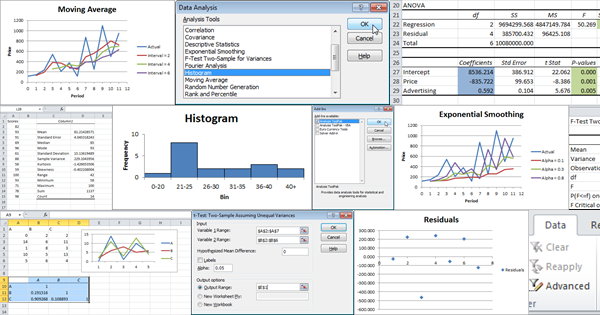
To verify, enter the SUM formula omitting the cells that contain non-numeric characters:Ĭells that contain text, logical values, punctuation, or empty cells are disregarded but cells with the zeros (as a number, but not as text) are included. Enter the same formula: =AVERAGE(A4:A15), and note the answer is 78. Next enter some more numbers in column C but, this time, add some text to one cell, punctuation to another, and a space to another. Again, you must copy the list and Paste as Values to maintain a static list. Copy the formula down through F12, then add another ‘9’ to the string to add another digit to your random number-e.g., four nines equal four digits, five nines equal five digits. If you prefer to work with whole numbers, enter this formula in cell F3: =INT(RAND()*999) and you get a 3-digit random number. Just click the Increase Decimal button in the Number group under the Home tab.ģ. Notice (in the formula bar) that the random numbers have 15 digits after the decimal (Excel defaults to 9), which you can change, if necessary (as displayed in cell F3). Now the list contains values instead of functions, so it will not change.

Click the Values button from the Paste Special dialog window, then click OK.Ģ. Move your cursor to cell B3 and select Home > Paste > Paste Special. Select that column and press Ctrl+C (for copy) or click the Copy button under the Home tab and choose Copy from the drop-down menu. Enter the function =RAND() in columns A3 through A14.


 0 kommentar(er)
0 kommentar(er)
